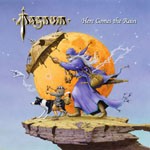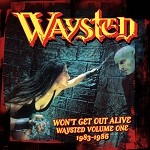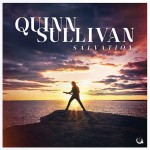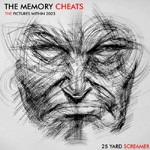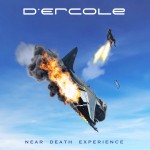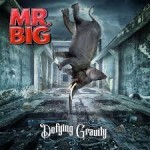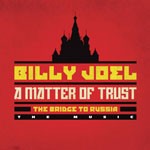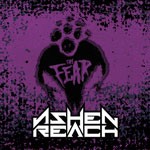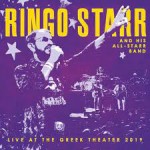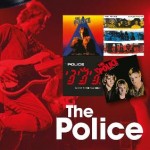Share the post "Feature: GRTR!@20 Anniversary – Still Rocking – Primer"
Who remembers MySpace? By 2010 social media had taken over as the main online marketing tool for bands.
Managing Editor David Randall surveys two decades of rock which brought great opportunity but also riven by world recession and pandemic…
By the late-1990s you could say that grunge had worked itself out, and out in the rock music ether the atmosphere was becoming more eclectic. In 1998 a new magazine had joined the news-stands, ‘Classic Rock’, so there must have been a considered demand for the genre, not least based on nostalgia.
Get Ready to ROCK! came on the scene in late 2002 and quietly started to build an exclusively online audience. By 2012 we were established as one of the premier destinations for quality and authoritative reviews and with a fairly eclectic brief. And from this time our end-of-year review has become a definitive guide to the top albums, live and breakthrough acts for any given year.
In a sometimes ephemeral virtual world, since earliest times we have retained a core team of regular reviewers who are great writers and passionate about their subject.
Since early Lockdown in 2020 Get Ready to ROCK! has been revisiting its archives in a series called “2020 Vision” which has been very successful. In March 2022 a similar approach celebrated the melodic rock band Magnum (pictured) (and their 50th anniversary) whose more recent renaissance parallels our own development.
In late-2022 we will add to our retrospectives but also recognise selected artists and bands in a promotion called “The GRTR! Grotto of Greatness”, our answer to the “Hall of Fame” concept. We’ll be featuring a band each month from January – December 2023.
New bands struggle economically with little marketing other than social media and deriving most income from the merchandise stall if they can get gigs. In the old days support bands were chosen on merit or via a hook-up with the label or management. Now it’s a buy-on.
As if to demonstrate the malaise in early August 2022 in the Top 40 rock and metal album chart (made up from physical and digital sales) only 25 per cent were “new artists”. The rest were old perennials like Jethro Tull, Pink Floyd and even Grateful Dead.
It seems those new artists only get a brief foothold although they can at least trumpet “Top rock and metal album” before their baby quickly disappears from the chart. A good example is an album by female-fronted The Kut. It entered the chart at No.1 week commencing 15 July and then disappeared without trace. For the record, that top placing was helped by in-store promotion and tireless social media tub-thumping in the preceding week. And not least a modest marketing budget.
At Get Ready to ROCK! in early 2021 we launched a weekly Top 10 album chart compiled by News and Reviews Editor Jason Ritchie. This chart simply mirrors activity the preceding week at the website, via social media and radio airplay.
Another trend is for bands to release a string of singles before album release and it helps if these tracks have an accompanying video. In fact a promotional video (even the ubiquitous “lyric video”) is a pre-requisite these days to capture the butterfly brigade.
Since 2002 we have watched certain artists/bands rise and fall, and witnessed career revivals. There is no denying quality but one aspect of our 20 year reign is the example of bands reviving after an extended layoff or returning after failing to sustain their career “back in the day”. Dan Reed Network is an example of the former, melodic stalwarts FM the latter.
But there are plenty of other bands for whom the millennium has seen a renaissance including Europe (pictured) and Thunder. In the case of the latter, they are making some of their best work.
Bands like Marillion command great loyalty and are one of the real success stories of the Internet age. But they had the benefit of early success in more moneyed times and a fanbase which they were allowed to grow (and who funded their growth) over a period of 20 years or more. Marillion emerged from an age when the cost of a four minute promotional video exceeded recording costs.
Marillion (pictured) were early proponents of crowd funding and are one of the most self-sufficient bands. But crowd funding is not a universal panacea and still favours the established with an existing fanbase. From 2009 many artists literally placed their store in Pledge Music one of the early platforms offering audience funded project management. The company filed for bankruptcy in 2019 and since that time offerings such as Patreon, Indiegogo and Kickstarter have moved into the space.
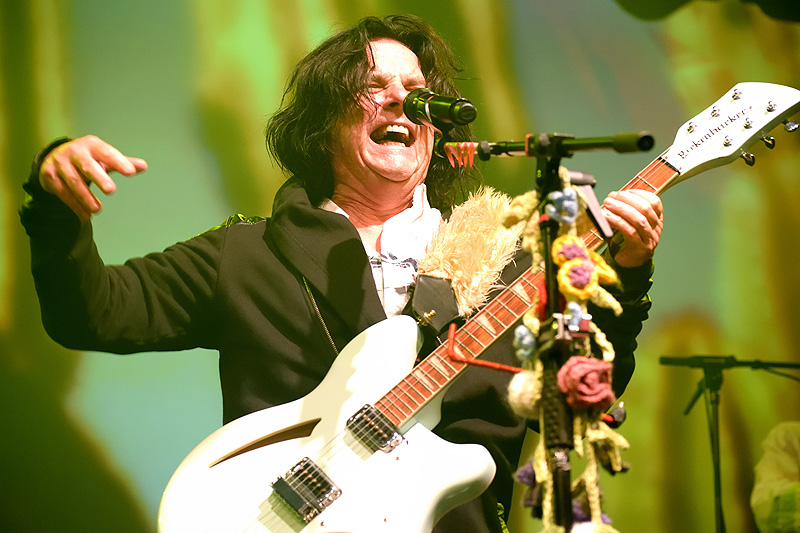
There is no doubt that quality musicianship wins out (and it helps when the band retains its original members) but such bands have also exploited a void in today’s music. New artists do not have the historic benefit of national radio exposure or a large marketing budget as they might have done in the 1970s and 1980s and therefore a firm base from which to build their brand.
To be financially viable, streaming also favours established acts with a pedigree. This is one of the main reasons – along with syncing music for TV and film – for another more recent trend: an artist selling the rights to their catalogue. The streaming platforms offer great exposure for independent or small label musicians but little recompense. This distortion of the market has been discussed at government level in recent years but without resolution.
Streaming has also shaped song composition in recent years and a debate has sprung up about the length of intros (and the song in general) reduced to reflect the attention span of the listener and the fact that composers only get reimbursement after the first 30 seconds of play.
From a consumer’s point of view streaming can be the preferred way to access music, even amongst an older audience. It can sometimes sort out the wheat from the chaff and, frankly, save faffing around with a turntable or CD player. For Jason Ritchie “the shuffle button was a wonderful invention”.
Algorithms are very good anticipating listener preferences but you can’t beat curated selections, hence the popularity of iTunes and Spotify playlists.
Of course, historically, “curated” playlists came from radio. And, as a consequence of daytime airplay on BBC Radio 1 and commercial stations, if a band could come up with three minute ear candy there was a chance for wider attention, recognition, and brand-building.
But the climate now is such that it is unlikely to create new “rock anthems”, those songs that are instantly recognisable through familiarity via radio and TV and enabled bands like Bad Company and Foreigner to build a veritable songbook on both sides of the Atlantic. This trend was helped in the 1980s by the popularity of MTV and VH1.
Now the market is fragmented, commercial radio stations feature generic and narrow playlists and there are few “on-air” champions with a genuine passion for rock music aside perhaps from ‘Planet Rock’. Tommy Vance, Fluff and John Peel have gone, Bob Harris, bless him, has gone country, and Johnnie Walker’s shows are now very formal and scripted and with a limited playlist. These are historically the standard bearers for rock radio.
Now we have the cult of celebrity rather than the cult of music. Just listen to BBC Radio 2. The BBC is also chasing a younger demographic but mainstream rock is largely absent.
In September 2008 Get Ready to ROCK! Radio was launched, an aural complement to the review website. The playlist reflects the reviews and supplemented by interviews and special features. The radio player on the website links directly to an album review where possible giving the listener a complete experience and allowing further investigation.
We’ve been great supporters of independent/new music and have dedicated sequences including a weekly showcase “New to GRTR!”. In conjunction with the reviews, we’ve supported artists like Sari Schorr, Chantel McGregor (pictured), Cats In Space and Brave Rival amongst many others.
The station is essentially continuous music but with regular presented and live shows including contributions from blues rock impresario Pete Feenstra. Since 2016 Pete has received several awards for his shows.
Rock on TV is limited now to endless replays of documentaries and concerts favouring legacy bands. The one national show promoting new music – fronted by Jools Holland – seems to shun credible rock artists for the more eclectic who strut their stuff and are never heard of again.
Radio and TV is just one example of market fragmentation when it comes to rock, but the ageing demographic is also an issue. There will come a moment when even the Stones have to stop. Will younger music fans take up the slack as their parents’ generation literally dies out?
Of course since 2002 (and earlier) music has had to compete with and confront many other diversions: gaming, cinema, social media, the internet (facilitating file sharing as well as being a distraction).
Before the millennium music had to be bought physically to obtain the best quality and before YouTube and live streaming you had to get off your arse and out of the house to see a gig. Large TV screens and HD has brought concerts into the living room. Even better with surround sound. And the internet has meant that a punter can research set-lists for a current tour and better decide whether it’s worth their indulgence.
Like many consumer items, with music there is now a certain disposability and a butterfly mentality. Younger listeners want something for nothing because that’s their generational mindset. Physical objects are less significant (and they have a cost). As long as music sounds OK they are not particularly bothered about bit rates. They read off their phones not the printed page.
Whilst ‘Classic Rock’ magazine has survived, although not without a brief hiatus in late 2016 when it was part of the over-stretched Team Rock empire, it will ultimately struggle with its sister magazine ‘Prog’ when the demographic declines. There’s also only so much that can be written about Slash. During our existence we’ve seen magazines come and go, not least one of our early inspirations “Q” which was scuppered by the pandemic and declining sales.
On the back of the financial crisis, Gene Simmons from Kiss decreed “rock music is dead” in 2014 and reiterated similar comments this year. Was he, is he right? Simmons was referring to the golden years of great songwriting, production and musicianship (at least up until the end of the 1980s). Back then artists also had tour support from the label.
There is also an argument that “back in the day” musicians really learned their trade, and certainly their instruments. These days there will always be exceptions but the YouTube generation sometimes leads to copycat exponents, a misplaced sense of ability, and a lack of originality.
Toto were for a long time pilloried in the press for their sometimes saccharine and muso approach. Their back catalogue, even the patchy stuff, still stands up to scrutiny. They simply knew how to write good songs and how to play them. Sadly the session world in which the band moved no longer exists and therefore no opportunity for aspiring career musicians to develop their craft in that sphere.
Software development has enabled “home” production and file swapping; what was once very expensive and the preserve of the “industry” is now affordable. This allows a more egalitarian approach and can achieve independence for artists but the sonic results are sometimes debatable and there can be a “production line” mentality.
You can’t really beat a proper recording studio and a good producer/engineer/mentor and musicians who know how to structure a good song that’s not too derivative. The Beatles have proved supremely durable (with 2022 crowned by Macca’s Glasto appearance) but they had George Martin and white coated engineers to help them along the way.
These days many gigs are synced to a click track and there is the use of backing tapes to bolster the sound. This means there can be a lack of spontaneity or an element of surprise. Do we really want to hear songs in this sort of sonic straitjacket? Historically live albums have been “fixed in the mix” – after the event – now technology means that this can be done in real time.
So where does this leave us in 2022?
On the back of a pandemic, which still threatens, not well placed to be truthful. If the financial crash of 2008 was a turning point when labels were not best disposed to investing in “product” (a situation that continued for at least five years), Covid (combined with Brexit) has sounded another death knell.
It has been harder for bands to tour (not only in the UK but across Europe) and the two year hiatus hasn’t helped continuity although music is still made and played. Some venues have struggled on, but with diminishing audiences, and it seems only well-run festival events make money these days whilst providing one of the few big outlets for aspiring bands.
Packaged arena tours remain popular but many punters seem to be there for the “event” rather than a specific band who invariably play the “greatest hits” setlist with no deep cuts to satiate the faithful.
The revival of vinyl is a positive trend in recent years and it has captured the imagination of a younger audience. The two sides of vinyl encourages the listener not to pick and choose. However some will appreciate a “nice object” and file them away. Others might draw back from the premium prices. It is an old man’s game, preferably with a good pension. It was announced in December 2022 that vinyl sales had outstripped CD sales (in terms of revenue) for the first time in 30 years with 5.5m. copies sold.
I am sure that, historically, Covid will be seen as a watershed in the history of rock music. I believe the two year hiatus has meant that ageing musicians will have taken stock of the situation.
Live music provides the main income stream for many, via ticket sales and the merch stand. Do they really need to get out on the road with all the stresses, strains and possibly infection that might entail?
Many classic rockers will be close to or drawing a state pension, to which they will hopefully add income from royalties, they may not feel the need to venture out. Also there comes a time when even the most robust musician realises their skills are geriatically challenged: the strained vocal or the less nimble fingers.
And what about their audience? One of our most energetic live reviewers (and Melodic Rock Editor) Andy Nathan has noted that even smaller gigs (in London) are frequently not full to capacity.
Music will have provided many with a respite from those daily health briefings but many will still be wary of mingling in small or large venues and then there is the cost consideration as we experience an economic crisis.
Punters will consider carefully how they use their disposable income if they have any. High petrol prices may deter travel to all but the rarest of gigs.
And what of the venues? In August 2022 they are faced with rising energy costs. The Guardian reported (20.08.22) that one 500 capacity music venue in the south of England was facing an extra £31,000 “for putting the lights on.”
You can’t beat live music and seeing a band that you love, but the longer you stay away (or the venues disappear) the easier it is to replace that enthusiasm with something else; personal relationships, work, even a new-found interest.
In summary, perhaps the biggest of the grim rock reapers is the ageing demographic (bands and fans); the target audience for “heritage” rock whether in concert or via countless reissues.
Jethro Tull’s maxim “Too Old To Rock ‘n’ Roll, Too Young To Die” may catch far too many of us, including the artists.
But, in 2022, we are still here and we still love rock music. And nothing else really matters.
More to explore:
The Primer:
Melodic Rock by Andy Nathan
Singer Songwriter by Pete Whalley
Eclectic by Jason Ritchie
Metal by Brian McGowan
Progressive Rock by Alan Jones
Blues/Blues Rock by Pete Feenstra
Featured Artist: JOSH TAERK
Since early 2020 Josh has been entertaining us with exclusive monthly live sessions, streamed via Facebook.
In 2023 he signed a recording deal with Sony in Canada and released a new single on 15 September.

Latest session: Sunday 14 April
Check out videos here: https://www.facebook.com/getreadytorockradio
David Randall presents a weekly show on Get Ready to ROCK! Radio, Sundays at 22:00 GMT, repeated on Mondays and Fridays), when he invites listeners to ‘Assume The Position’. The show signposts forthcoming gigs and tours and latest additions at getreadytorock.com. First broadcast on 7 April 2024.
UK Blues Broadcaster of the Year (2020 and 2021 Finalist) Pete Feenstra presents his weekly Rock & Blues Show on Tuesday at 19:00 GMT as part of a five hour blues rock marathon “Tuesday is Bluesday at GRTR!”. The show is repeated on Wednesdays at 22:00, Fridays at 20:00). This show was first broadcast 2 April 2024.
How to Listen Live?
Click the programming image at the top of the page (top right of page if using desktop)
Listen via Windows Media Player. Click or tap here and “open file”
Listen via other media player (eg. VLC) Click or tap here and “open file”
Get Ready to ROCK! Radio is also in iTunes under Internet Radio/Classic Rock
Listen in via the Tunein app and search for “Get Ready to ROCK!” and save as favourite.
More information and links at our radio website where you can listen again to shows via the presenter pages: getreadytorockradio.com
Power Plays w/c 15 April 2024
ENMY The Ledge (FiXT)
KAROBELA Get Hard (indie)
KATH & THE KICKS Neptune (indie)
THE BEE TELLERS River Poem (Black Sand Records)
LAUREN FREEBIRD Like A Bomb (indie)
Featured Albums w/c 15 April 2024
09:00-12:00 The Best of 2003-2023
12:00-13:00 The Best of 2003-2023
14:00-16:00 KATARINA PEJAK – Pearls On A String (Ruf Records)
To see our Tweets you need to be logged in to a Twitter account
Popular (last 10 days)
Share the post "Feature: GRTR!@20 Anniversary – Still Rocking – Primer"

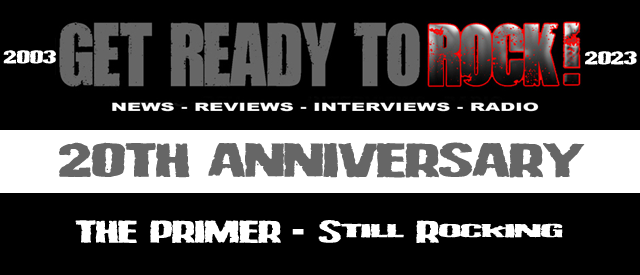
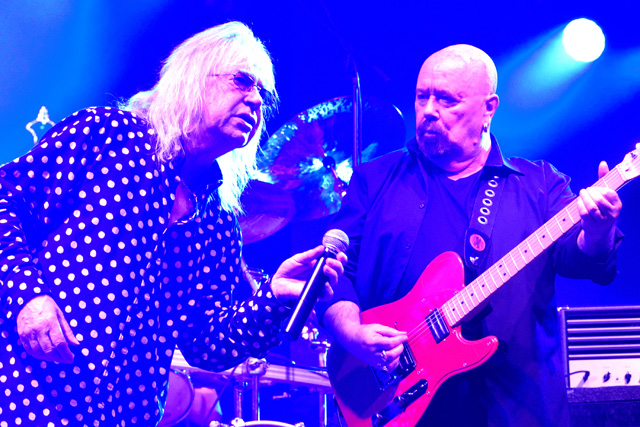
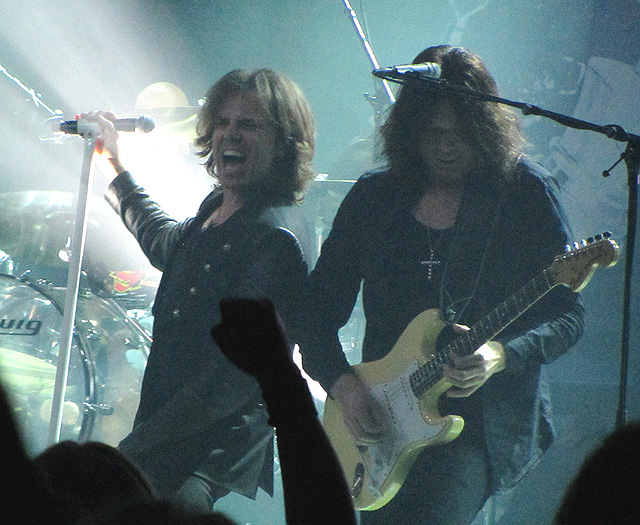

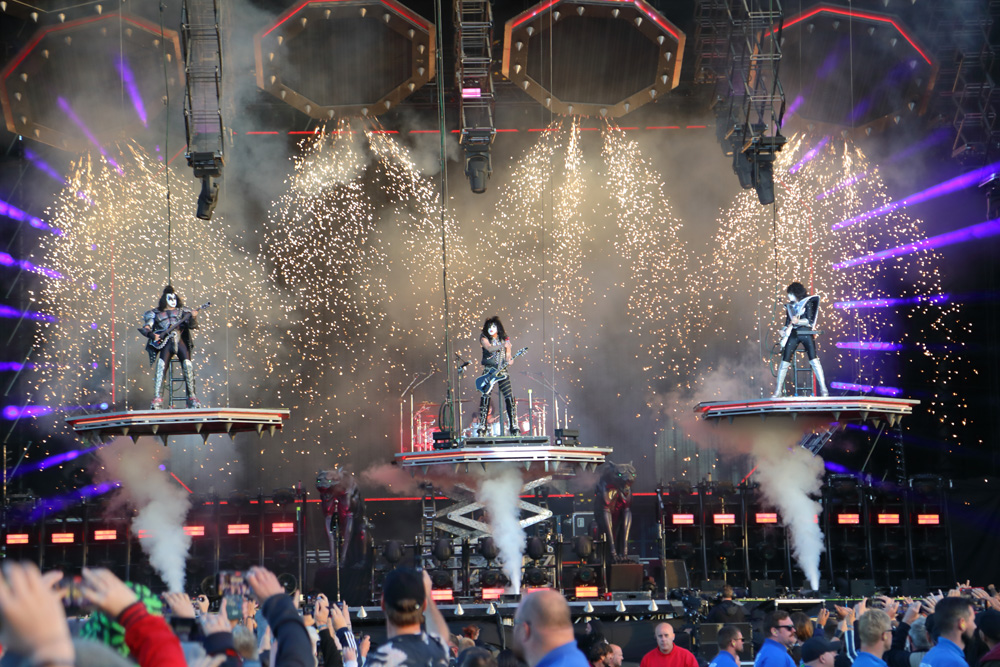
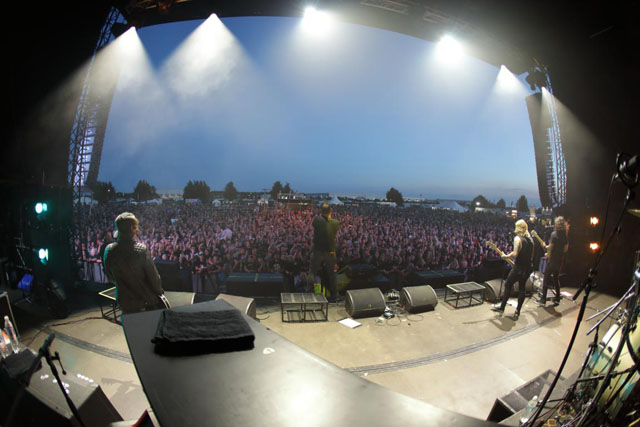

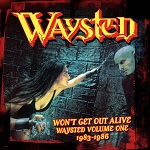
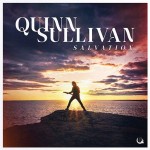



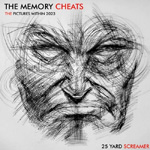
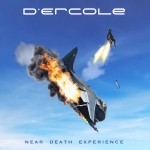

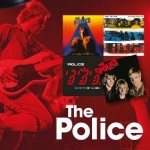

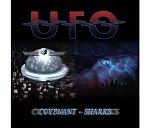
 PDF - you can delete unwanted sections
PDF - you can delete unwanted sections